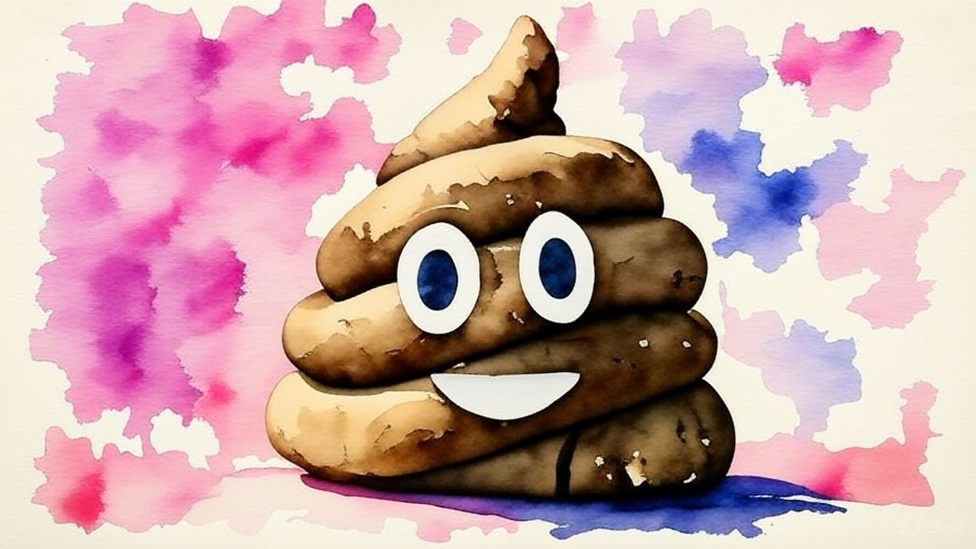He told me it stands Attention Deficit-something or other. I kinda drifted off when I saw on his diploma that his middle name was the same as a kid I knew in grade school that I used to play thundercats with. I was always Panthro, because Panthers are cool. Go Panthers! Second Stanley Cup win this year? That’d be cool. Remember the Stanley Cup trend at Target stores? It was a riot!
Joke Poo: The Chef Says I Have IBS
The chef says I have IBS.
He told me it stands for "I Bring Spices"-something or other. I kinda spaced out when I noticed his toque had the same logo as a bakery I used to visit in high school where I always got day old doughnuts. They were always glazed, because glazed is awesome. Glazed salmon! Is that a thing? Probably. Remember that salmonella outbreak at Whole Foods? It was a disaster!
Alright, let’s dissect this ADHD joke and then amplify the humor with some relevant tidbits.
Joke Dissection:
- Core Idea: The joke revolves around the irony of someone diagnosed with ADHD immediately exhibiting classic ADHD symptoms (losing focus, getting distracted, tangential thinking) when receiving the diagnosis.
- Humor Source: The humor stems from the relatable experience of distraction, the unexpected shift in focus from the diagnosis to childhood memories, and the self-aware acknowledgement of being easily sidetracked.
- Key Elements:
- ADHD: The condition itself is central.
- Doctor-Patient Interaction: Sets the scene and expectation of serious medical information.
- Distraction: The catalyst for the humor.
- Nostalgia: The specific distraction centers on childhood memories (Thundercats, Panthro, Stanley Cups, Target).
Comedic Enrichment – Joke Enhancement:
Let’s play on the ADHD and information overload, then connect it to some facts about diagnostic criteria.
New Joke (Inspired by the Original):
The doctor diagnosed me with ADHD. He explained it was "Attention Deficit Hyperactivity…" and that’s when my brain’s CPU started overheating. I immediately wondered if he was using the DSM-5 or the newer DSM-5-TR criteria. I mean, the diagnostic thresholds slightly shifted for adults, and it’s ALL about demonstrating persistent patterns of inattention and/or hyperactivity-impulsivity. Did you know the official criteria also mention specific examples like… Wait, what was I saying? Oh, right. ADHD. I think I just self-diagnosed.
Analysis of New Joke:
- Builds upon the Original: Retains the ADHD diagnosis setup and immediate loss of focus.
- Amplifies the Irony: Instead of mundane childhood nostalgia, the distraction focuses on details of the ADHD diagnostic process.
- Uses Factual/Interesting Tidbits:
- DSM-5 (Diagnostic and Statistical Manual of Mental Disorders): The manual used by mental health professionals to diagnose mental disorders.
- DSM-5-TR: The "Text Revision" update with minor changes, including slight adjustments to diagnostic criteria for adults with ADHD.
- Diagnostic Criteria Elements: References the "persistent patterns of inattention and/or hyperactivity-impulsivity," key phrases used in the official criteria.
- Enhances Humor: The sheer absurdity of someone with (potentially undiagnosed) ADHD obsessing over the technical details of their own diagnosis is humorous. It is as if they are trying to hyper-focus on something that is inherently a lack of focus.
This approach takes the original joke’s premise and injects it with factual information presented in an equally distracted and tangential way, creating a meta-humorous effect. It highlights the struggle with attention and the irony of someone trying to intensely concentrate on the very thing they struggle to concentrate on.


